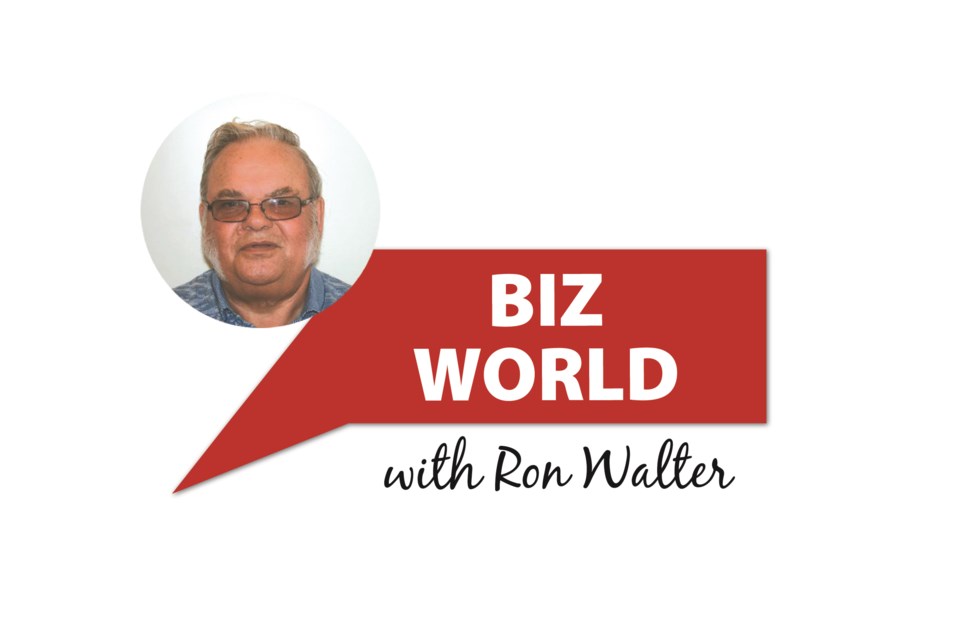A Saskatchewan company is finding a new source of revenue for the price-troubled oil patch.
Prairie Lithium of Emerald Park has been working and experimenting for three years to commercialize extraction of lithium from brine fluids in oil wells.
Now lithium has become the “new gold'’ of the mineral industry in the last five years. Lithium has an ever-growing market as an essential part of the juiced-up electric battery industry.
Most of the world’s lithium supply comes from Australia, China, and South America. Only one per cent of the 77,000 metric tonnes produced in 2019 came from North America, making production from this continent desirable for supply security.
Lithium demand is forecast to grow 10 per cent a year to 2025 requiring 124,000 tonnes annually.
Prairie Lithium has developed a process to separate the lithium from liquids in the oil wells. A pilot plant opened this year will extract between one kilo and 1.75 kilos a day.
Next year the company will build a larger production plant producing one metric tonne a day of lithium hydroxide worth about $24,000 Canadian at current prices.
A year's production would amount to almost 1.3 per cent of global output worth $8.8 million in Canadian funds.
One concern. The rising demand for electric vehicles and the electric batteries has spurred development of lithium brines from salt lakes and ores around the globe.
A winning product will demand the high purity that batteries require. Low cost of production will determine profitability.
Prairie Lithium has leased 35,000 acres in the oil patch, indicating vast potential if successful.
Prairie Lithium is not alone in this venture. Vancouver-based MGX Minerals started two years ago to extract lithium from oil well waste water as part of the company’s waste water treatment business.
The lithium extraction is a side line for MGX as it expected to pull $100,000 a year worth from treating waste water.
Calgary-based Titanium Corporation has spent 18 years developing a commercial process to extract heavy metals and zircon from oilsands waste ore. The company has invested $100 million over this period to develop the technology, including a wet and dry pilot plant at the University of Regina.
Much of that investment came from government innovation grants.
Titanium Corporation removes bitumen, solvent and heavy minerals from oilsands waste. The most valuable extractions are heavy metals, zircon, and three titanium-based heavy minerals — ilmenite, leucoxene and rutile.
The three titanium-based minerals are all in strong demand for use in high technology industries. Global production is dominated by China, where companies even buy into non-Chinese sources of rare earths to secure supply.
When Potash Corp completed its big merger, it sold a large interest in Soquem, the leading South American lithium producer, to a Chinese company. China would not approve the merger unless the lithium interest was sold.
Extracting heavy metals as byproducts of waste should be less expensive than mining. Two large rare earth deposits in Canada await development — Hoidas lake in the far northeast corner of Saskatchewan and a deposit on the east shore of Great Slave Lake.
Ron Walter can be reached at [email protected]
The views and opinions expressed in this article are those of the author, and do not necessarily reflect the position of this publication.




